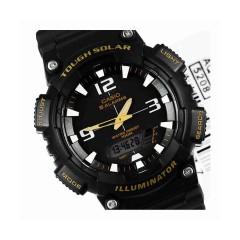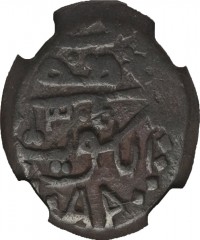A tughra is a calligraphic monogram seal or signature of a sultan that was affixed to all official documents and correspondence. It was also carved on his seal and stamped on the coins minted during his reign Very elaborate decorated versions were created for important documents that were also works of art in the tradition of Ottoman illumination such as the example of Suleiman the Magnificent in the gallery below
The tughra was designed at the beginning of the sultan's reign and drawn by the court calligrapher or nişancı on written documents The first tughra belonged to Orhan I (1284–1359) the second ruler of the Ottoman Empire and it evolved until it reached the classical form in the tughra of Sultan Suleiman the Magnificent 1494–1566
Tughras served a purpose similar to the cartouche in ancient Egypt or the Royal Cypher of British monarchs Every Ottoman sultan had his own individual tughra
Visual elements of a tughra
The tughra has a characteristic form two loops on the left side three vertical lines in the middle stacked writing on the bottom and two extensions to the right Each of these elements has a specific meaning and together they make up the form that is easily recognizable as a tughra
The name of the sultan is written out in the bottom section, called a sere Depending on the period, this name can be as simple as Orhan son of Osman in the first tughra in 1326 In later periods honorifics and prayers are also added to the name of the tughra holder and his father
The loops to the left of the tughra are called beyze from Arabic meaning egg Some interpretations of tughra design claim that the beyzes are supposed to symbolize the two seas the sultans held sway over the outer larger loop signifying the Mediterranean and the inner, smaller loop signifying the Black Sea
The vertical lines on the top of the tughra are called tuğ or flagstaff. The three tugs signify independence The S-shaped lines crossing the tugs are called zülfe and they, together with the tops of the tugs that also look to the right, signify that the winds blow from the east to the west, the traditional movement of the Ottomans
The lines to the right of the tughra are called hançer and signify a sword, symbol of power and might





